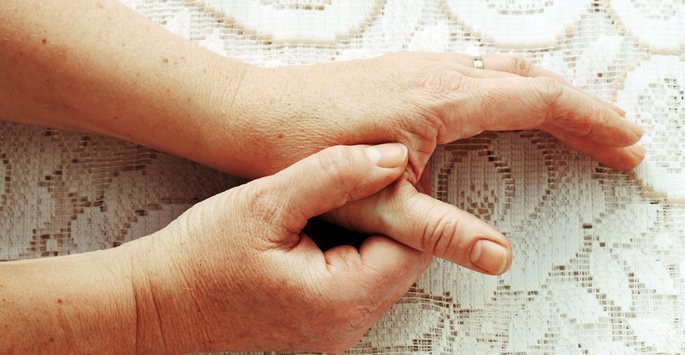Thumb sprains can be very painful. All you need to do is ask anyone who has experienced one, if you haven’t had one yourself. They commonly occur during sports activities. In fact, they are often referred to as “skiers thumb” because of a high occurrence of injuries while skiing. The combination of the way the hand is grasping the ski pole and the impact of the pole hitting the ground can easily jam the hand, causing a thumb strain. Sports like basketball create a high risk for these types of sprains as well. If the hand is turned in the wrong way while attempting to catch the ball, a strain can happen. Striking the thumb on the ground during a fall is another common cause of the injury.
A sprain is an injury to a ligament, which is what holds the bones together. In the case of a thumb sprain, the damage is usually to the ligaments that support the joint at the base of the thumb. It happens when an impact causes the thumb to move beyond its normal range of movement. It is usually a backward movement that causes the injury.
Symptoms of a thumb sprain include immediate pain at the time of the impact. This may be followed by things like swelling, and there may be some instability in the joint. It may be difficult to do activities that require gripping, like turning a door knob or holding a drinking glass.
Immediately after the injury, the thumb should be protected against further injury by taping it or using a support. Ice should be applied as soon as possible to help reduce swelling. These are immediate steps that are taken as basic first aid measures following the injury. In order to ensure that there is no permanent damage, and to make sure the best possible treatment is provided to promote healing, our experienced hand specialist at Arora Hand Surgery should be consulted.
One of the things that will be done when seeking treatment for a sprained thumb is the taking of X-rays. This will help to detect or rule out a fracture. If no fracture is present, our doctor will still continue to treat the thumb sprain.
Since your hands are necessary for just about everything you do, you will not want to take their care lightly when it comes to treating an injury. The hands, including the fingers and thumbs, consist of very complicated anatomy. For this reason, you deserve the best treatment you can get when you are trying to recover from an injury. The best way to receive this is to seek out a well-qualified hand specialist like Dr. Arora. It can make the difference in getting you back on the road to recovery.
Make an appointment at Arora Hand Surgery in Howell, West Bloomfield, Macomb, or Warren to learn more. Contact us today to schedule an initial consultation.













